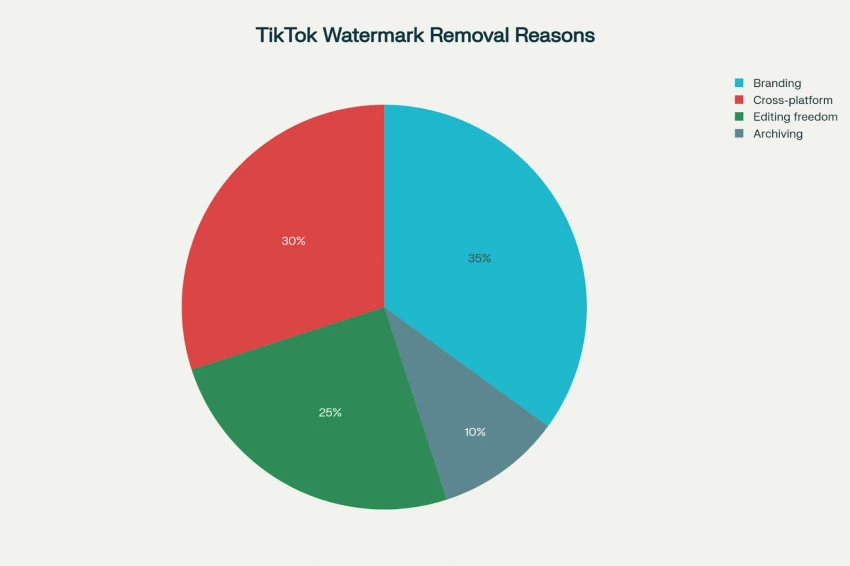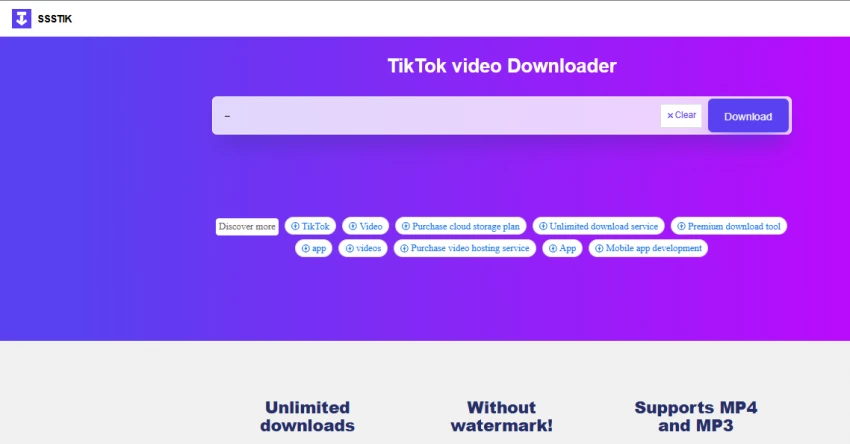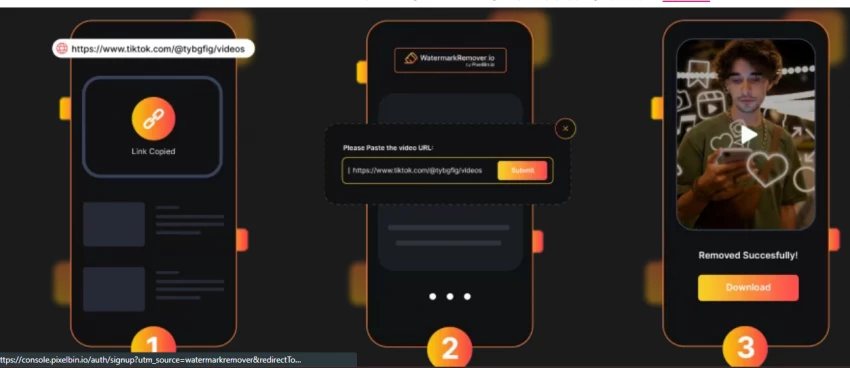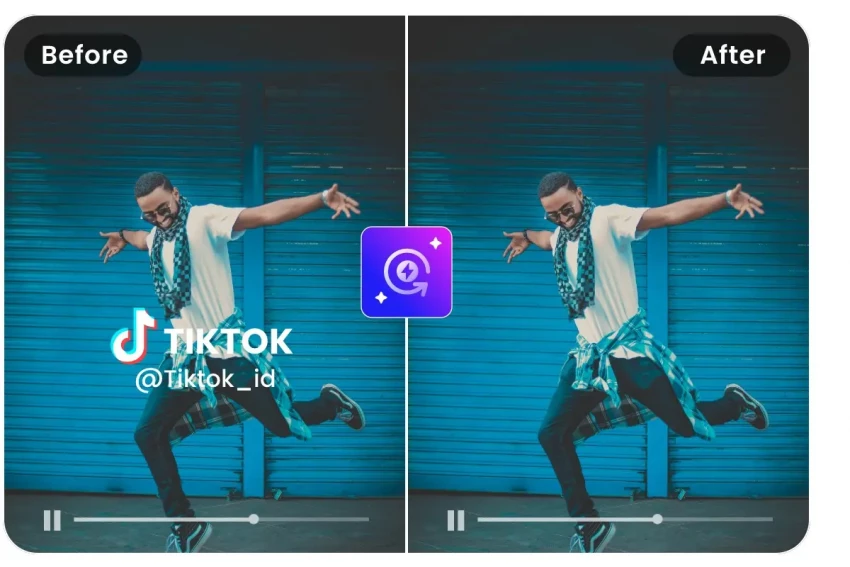

TikTok is everywhere; it’s become the creative hub for trends, storytelling, and personal branding.
But when you download your own TikTok video, that moving watermark, the app logo, plus your handle, travels with it.
While it’s great for visibility on TikTok, it’s a headache when you want to repurpose the same content for YouTube Shorts, Instagram Reels, Facebook Reels, or Pinterest.
Creators, brands, and editors now rely on TikTok watermark remover tools to get clean, professional-looking clips without losing quality.

But before we jump into the tools, let’s address the question most people skip: is it even legal to remove the watermark?
The short answer: it depends on whose content you’re editing.
Allowed: Removing the watermark from your own TikTok videos for reposting, editing, or advertising is perfectly legal.
Not allowed: Removing watermarks from someone else’s videos or re-uploading them as your own violates TikTok’s Terms of Service and copyright laws.
As explained in CyberLink’s official guide and verified through Quora discussions, the only safe practice is to use these tools for content you created or have permission to reuse.
With that out of the way, let’s see how TikTok actually adds that watermark and why it’s not as simple as it looks to remove.
TikTok doesn’t bake the watermark into your video until you hit “Download.”
The watermark appears in alternating corners (top-right and bottom-left) and includes the TikTok logo plus your username.
This ensures content attribution when it’s re-uploaded elsewhere. But once added, it’s embedded frame-by-frame, meaning manual removal through cropping or blurring will reduce quality.
That’s why AI watermark remover tools use frame reconstruction and content-aware fill to seamlessly restore missing pixels.
So, which of these tools actually delivers clean, high-quality results without the sketchy side effects? Let’s compare.
Here’s a curated, tested list of the top-performing tools across web, desktop, and mobile, including AI-based and browser-based removers.

Type: Free online downloader (no app needed)
Best for: Quick watermark-free downloads
Key Features:
Limitations: Basic cropping method; quality drops slightly for HD videos
Ideal for beginners or marketers looking to save their own TikToks in seconds before reposting.

Type: AI-powered web tool
Best for: Preserving video detail while cleaning dynamic watermarks
Key Features:
Limitations: Limited free daily usage; slower for long videos
If SSSTik is speed-focused, WatermarkRemover.io focuses on quality and AI precision, and that’s exactly what heavy creators need.

Type: Advanced AI-based watermark remover
Best for: Professional content creators
Key Features:
Extra: Integrates with social editing tools like CapCut and Canva
VMake AI is ideal for marketers, agencies, and video editors managing bulk uploads or branded content.

Type: Browser + AI hybrid
Best for: Business accounts and agencies
Key Features:
Limitation: Free version adds a minor export delay
Supawork positions itself as a semi-pro solution for agencies, blending automation with quality control.
Type: Web downloader + mobile app
Best for: Social media managers and creators on the go
Key Features:
Bonus: Integrated Chrome extension for one-click download
Think of SnapTik as SSSTik’s slightly more advanced cousin, same simplicity, but faster and cleaner output.
Type: Free online TikTok downloader
Best for: Lightweight browsers and quick saves
Key Features:
MusicallyDown is one of the oldest and most reliable platforms, perfect for users who prefer no-login, quick-access solutions.
So, once you’ve chosen your favorite tool, how do you actually use it effectively? Let’s go through the step-by-step workflow.
Most tools follow the same pattern. Here’s how it works using SSSTik.io or WatermarkRemover.io as an example:
And while it’s easy to do, the real test is in quality, which leads us to how AI-based tools outperform traditional methods.
But how do real users feel about these tools in everyday use? Let’s hear from the community.
On r/TikTok and YouTube reviews, creators highlight key takeaways:
“SSSTik and SnapTik work best when you’re on mobile, fast and simple.”
For digital agencies and brands, watermark-free TikTok clips are gold:
But even with all these options, responsibility still matters, and that’s where ethics and best practices come into play.
Removing a TikTok watermark is not inherently wrong; how you use it is what defines its legality and ethics.
If it’s your creation, removing the logo for professional reuse is fine.
If it’s someone else’s, it’s digital theft, plain and simple.
The smartest creators use watermark removers as tools of refinement, not tools of plagiarism.
Because in 2025’s creator economy, authenticity builds more value than shortcuts ever could.
Be the first to post comment!